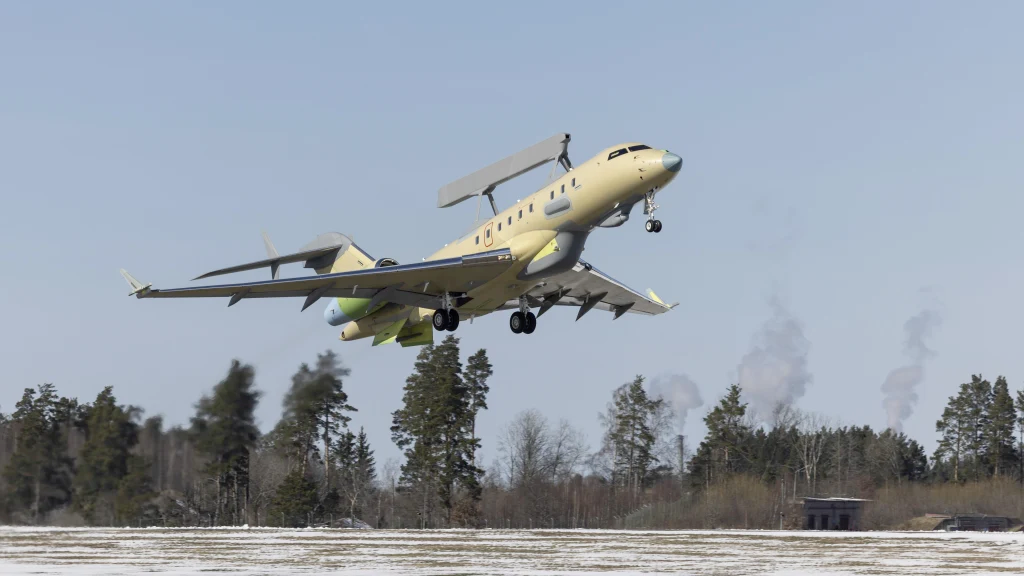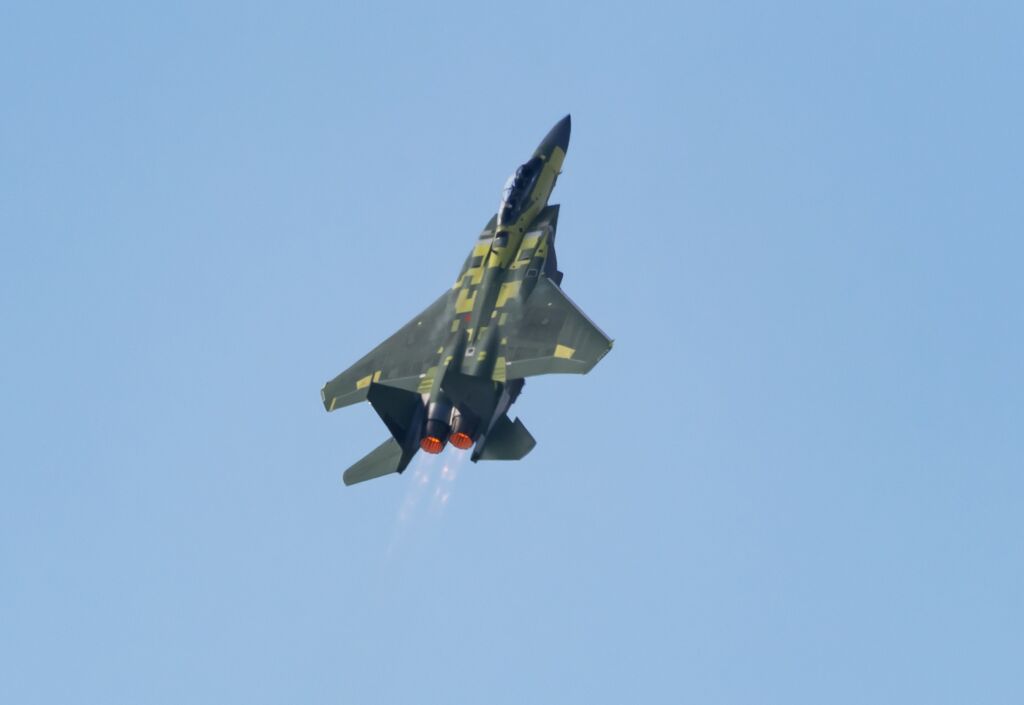Saab’s Fourth GlobalEye Conducted Successful First Flight
The first flight of the fourth GlobalEye is an important milestone in Saab’s Airborne Early Warning & Control (AEW&C) program and highlights that Saab can rapidly and reliably deliver GlobalEye. The Saab (OTC: SAABF) aircraft…

